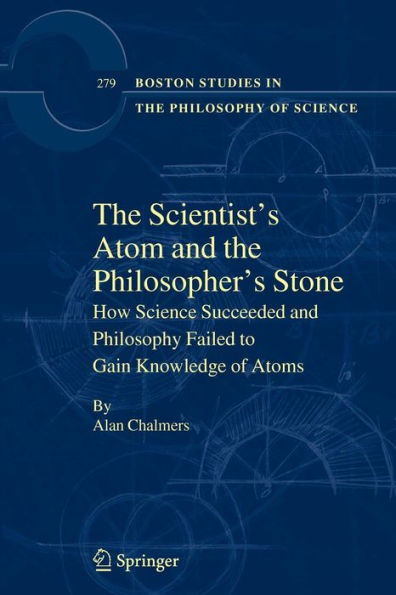5
1
9789400705333



The Scientist's Atom and the Philosopher's Stone: How Science Succeeded and Philosophy Failed to Gain Knowledge of Atoms / Edition 1 available in Hardcover, Paperback

The Scientist's Atom and the Philosopher's Stone: How Science Succeeded and Philosophy Failed to Gain Knowledge of Atoms / Edition 1
- ISBN-10:
- 9400705336
- ISBN-13:
- 9789400705333
- Pub. Date:
- 12/10/2010
- Publisher:
- Springer Netherlands
- ISBN-10:
- 9400705336
- ISBN-13:
- 9789400705333
- Pub. Date:
- 12/10/2010
- Publisher:
- Springer Netherlands

The Scientist's Atom and the Philosopher's Stone: How Science Succeeded and Philosophy Failed to Gain Knowledge of Atoms / Edition 1
$109.99
109.99
In Stock

Product Details
| ISBN-13: | 9789400705333 |
|---|---|
| Publisher: | Springer Netherlands |
| Publication date: | 12/10/2010 |
| Series: | Boston Studies in the Philosophy and History of Science , #279 |
| Edition description: | 2009 |
| Pages: | 287 |
| Product dimensions: | 6.10(w) x 9.25(h) x 0.24(d) |
From the B&N Reads Blog
